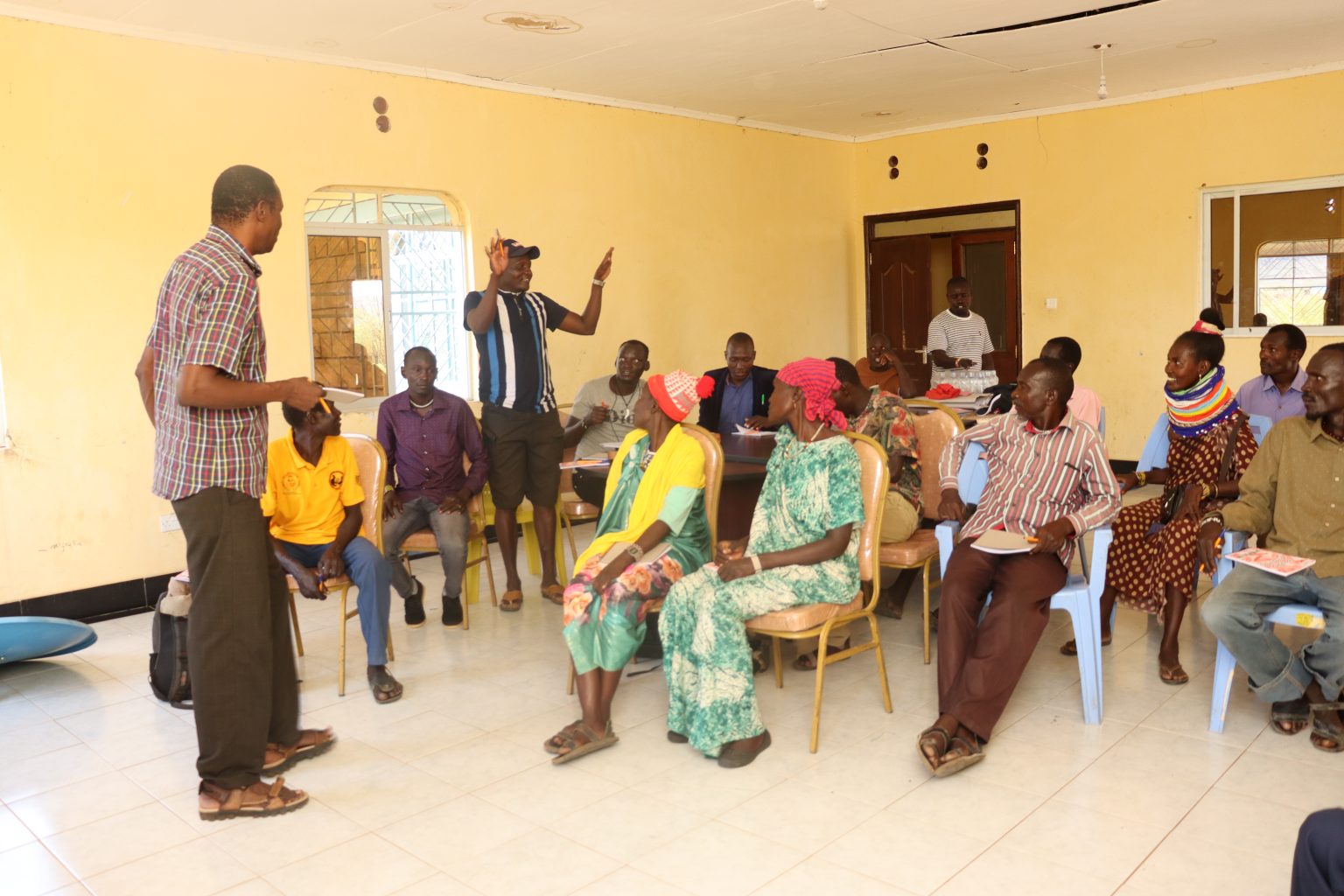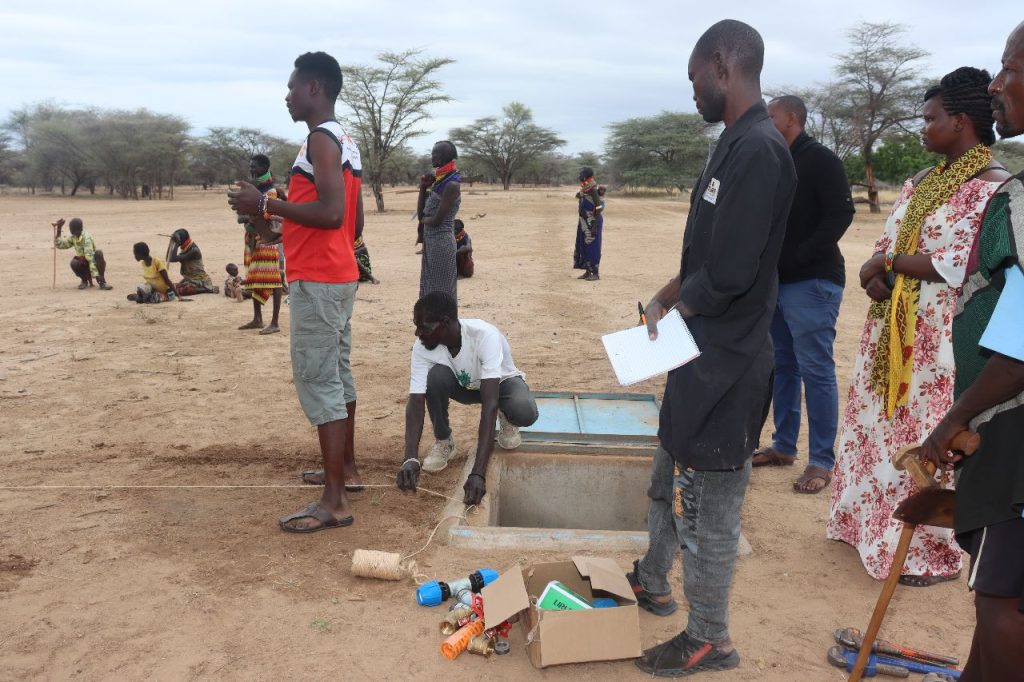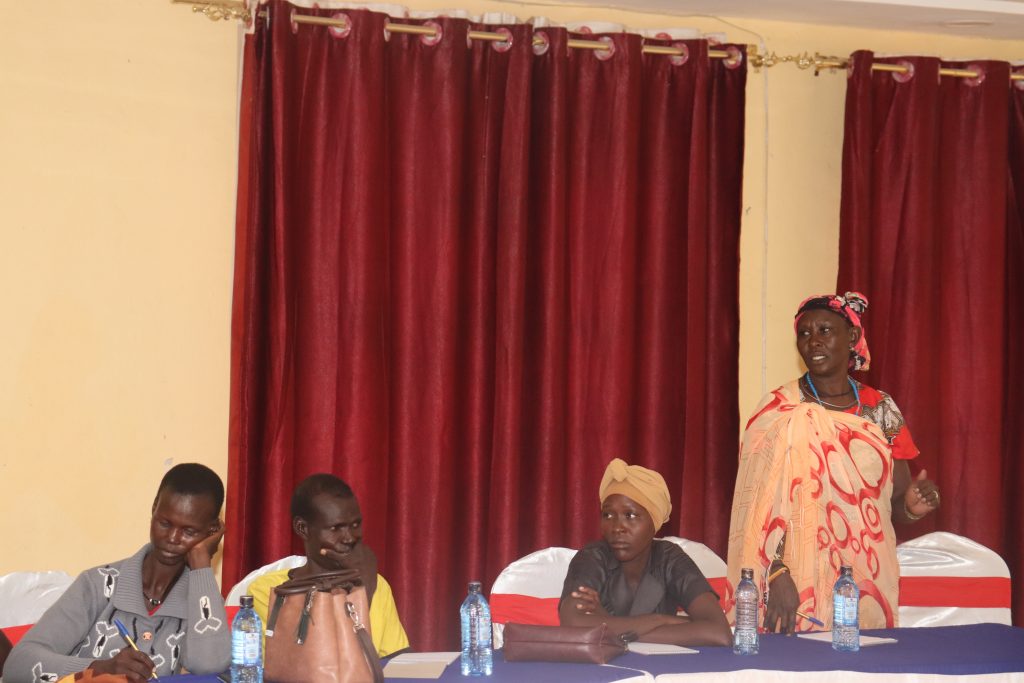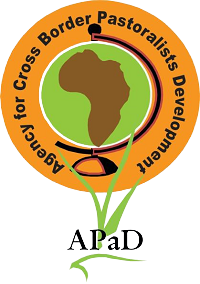ONGOING PROJECT
FOCUS AREAS & IMPLEMENTED PROJECTS
Peace Building And Governance
Conflict is one of the most pressing issues affecting populations throughout northern Kenya and along its international borderlines with Uganda, South Sudan and Ethiopia. It is primarily resource-based, stemming from environmental degradation and depletion of water and land resources, and decreases in livelihoods and food security for local populations. Conflict in Turkana County itself is particularly challenging because the County borders over seven (7) ethnic groups from other parts of Kenya, as well as from the border countries of Uganda, South Sudan and Ethiopia. Since its inception, APaD has been and continues to be one of the most vibrant, trusted and active local organizations in peacebuilding in Turkana County especially in regards to cross-border intervention with the Pokot (of Kenya and Uganda), Karamojong (of Uganda) and Toposa (of South Sudan). Between 2008 and 2014, the organization successfully implemented the USAID funded PEACE I (2008-2009), PEACE II (2012-2014) and PEACE III (2015-19) program.
Natural Resource Sharing Through Resource Assistance for Resilience in Karamoja
Project Key Achievement
- Enhanced capacity of 107 Natural resource management committees in the Oropoi-Kaabong and Lokichoggio-Narus corridor through NRM and Climate change adaptation training
- Enhanced capacity of cross border 42 Livestock Marketing Association members from Kaabong in Uganda, Oropoi in Kenya and South Sudan on Basic Financial Literacy, Group Dynamics and Governance
- Increased informal trade, improved communication, strengthened relations and sharing pasture and water amicably as well as resilience built to shocks and stresses and reduced violent conflict and cattle rustling along the Oropoi –Kaabong corridor through RSA Review targeting 67 NRM committees, peace committees and kraal leaders
- Strengthened the capacity of 25 cross-border Community Disease Reporters from Kenya, Uganda and South Sudan through Refresher training on Disease reporting and surveillance
- Supported the dissemination/presentation of the CBCR project to 75 administrators in Narus, Kaabong and Lodwar. This culminated into buy-in of the implementation
- Increased community-driven initiatives towards sharing of resources and ownership of resource-sharing agreements.
- The Loyoro resource-sharing agreement supported the communities in the long protracted and violent conflict- natural resource sharing agreements served as critical entry points for communities in conflict to combat and mitigate resilience to shocks and stresses, peacebuilding, and conflict reduction.
- Strengthened women’s leadership; focusing on capacity, representation and the creation of an enabling environment in NRM and CCA
- The direct impact of the engagements was a more robust engagement between the Communities of Uganda, South Sudan and Kenya, building contacts and Relationships
- Facilitated an intergovernmental meeting of sixty two(62) Administrators including chiefs, LCIII (the equivalent of chiefs from Uganda), and National and County government administrators at the sub-county level to develop actionable plans to address cross-border thefts and protracted conflicts
- Supported an exchange visit for 20 NRM committees on pasture management from the two corridors of Oropoi-Kaabong and Lokichoggio-Kapoeta to learn on best practices.



Project Name: Strengthening Mechanisms for Cross Border Peace Building and Community Resilience across Karamoja Corridor.
This is an ongoing project that is funded by GIZ/AUBP for 6 Months with a focus of engaging cross-border communities through constructive conflict resolution mechanisms geared towards ensuring peaceful coexistence.
Key achievements
- Facilitated cross-border chief’s forum meetings along the Loima-Moroto and North Pokot peace corridors.
- Facilitate two-day participatory action-planning meetings between leaders, government officials, and other peace partners. The meeting was attended by 25 participants drawn from national and county government CSOs, kraal elders, youth women and leaders in Uganda Districts.
- Supported dialogue meetings between the Pokot and Turkana of Loima to address emerging conflicts in November 2022.

Sustainable Livelihoods Development and Animal Welfare
Turkana County has four main livelihood zones; pastoral-all species (60%), agro pastoral (20%), the riverine of Turkwel and Kerio, fishing (12%) and formal employment/casual waged labor/business (8%).
In recent decades, however, as prolonged drought and climate change have impacted environmental resources, pastoralism alone has not been enough to sustain families’ needs. Households have to turn to diversified income sources for economic growth and food security.
Project Name: Enhancing donkey resilience and welfare among the Karamoja communities of Loima-Moroto corridor.
This project was funded by The Brooke East Africa for a period of 12 Months (2023-2024)
Key Achievements:
- Conducted a baseline assessment of cross border donkey trade, hides, migratory routes, donkey populations and welfare issues in Moroto, Kaabong and Kotido districts
- Facilitated training of 15 CDRs from Loima on donkey diseases and linkage to the Turkana county e-surveillance.
- Trained 15 CAHWS on donkey management and donkey diseases in Kaabong and Moroto districts.
- Facilitated a meeting of Fifteen (15) Administrators including chiefs, LCIII (equivalent of chiefs from Uganda), National and County government administrators at sub-county level develop actionable plans to address cross border theft and illegal slaughter of donkeys.
- Sensitized 15 LSPs in Moroto on equine welfare management and diseases.
- Facilitated national donkey day celebrations in Turkana
- Constructed a livestock holding crush at Lomokori along the border
- Installed a borehole at Keekoro-Akwaan (Lokirima-Lorengkippi Ward) and constructed livestock water troughs

HUMANITARIAN ACTION AND OTHER EMERGENCIES
Emergencies like Drought are very common in the Arid & Semi – Arid areas like Turkana county and when they strike, both humans and animals are affected. They lead to scarcity of basic needs such as water and food, hence, the coping and adaptation strategies of pastoralists and their animals are threatened, hence they require humanitarian aid in such situations.
APaD responds to such situations by offering long lasting solutions for the members of the Karamoja cluster by acts such as rehabilitation of available boreholes and construction of safe water points for the animals. We also train the community on planting of drought resistant crops that can stand the harsh climatic conditions and benefit them when drought strikes.
In the recent Locust invasion that affected the entire country, APaD with support from the County Government of Turkana has been working with the youths in the local community in Turkana county by supplying them with pesticides, Personal Protective Equipment to fight the locust and ensure that they are controlled.
Project Name: Kenya crisis response SIDA HPA
This is an ongoing project that is funded by the Swedish International Development Cooperation Agency for 6 Months (July 2023–December 2023)
Key Achievements:
- Increased community knowledge on Sexual and Gender-Based Violence Concepts Through the training of 10 community protection workers as TOTs and 20 community focal persons.
- Improved access to safe drinking water for populations affected by drought and conflicts through the rehabilitation of 10 boreholes in Turkana West.
- 200 vulnerable households from Songot, Kalobeyei, Lopur and Letea wards benefited from a livestock restocking intervention where each household received six shoats to improve the well-being and welfare of the vulnerable community members through effective mitigation measures, ensuring their survival and early recovery.
- Supported 5 groups on beekeeping activities in Letea and Kakuma Ward through the provision of 50 beehives and training to enhance community cohesion through alternative sources of livelihood.

